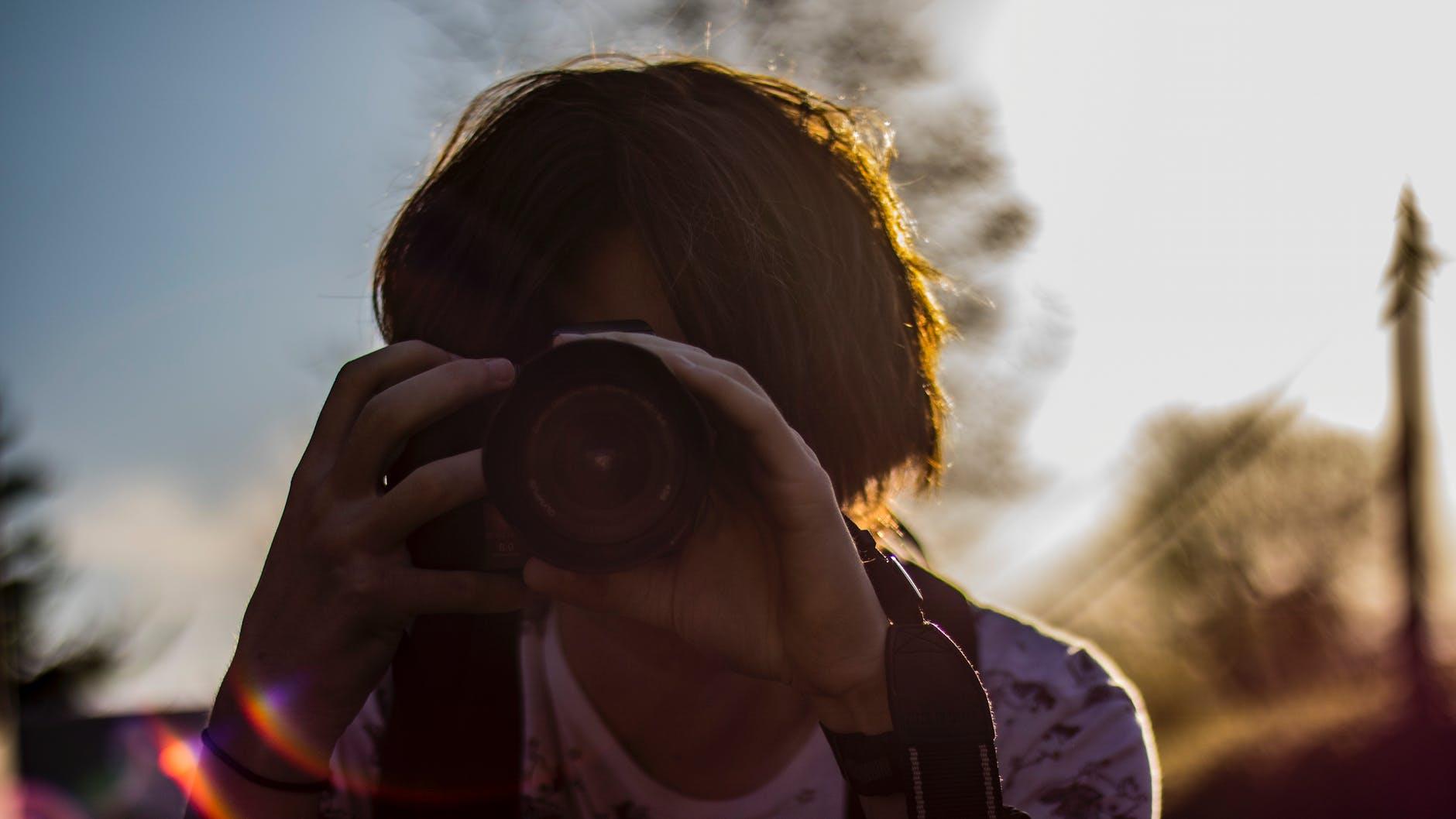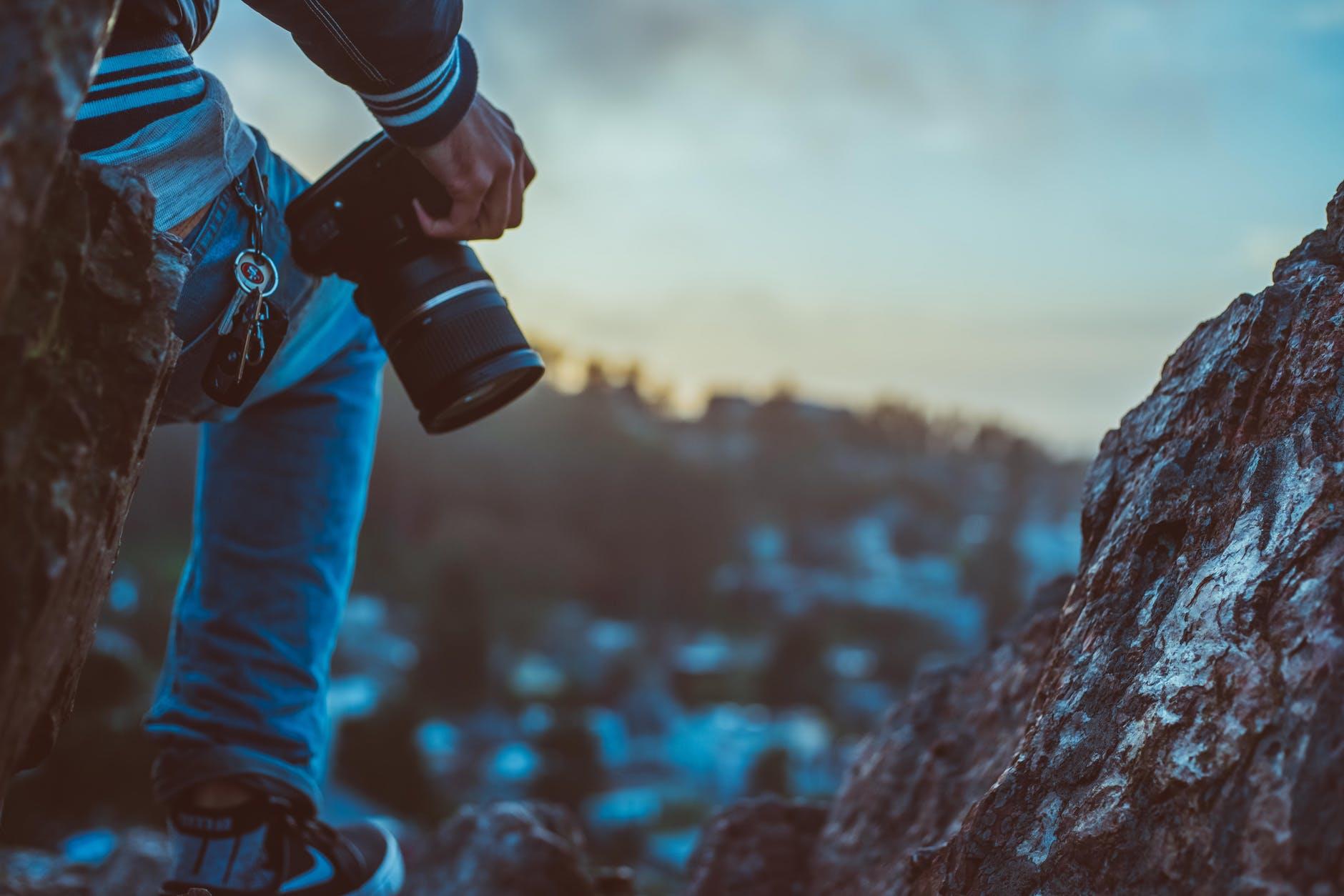Photography is a full-time venture for some as well as a hobby to many. If you are starting as a photographer, there are lots of things that you can do to attract potential clients and excel in your career. Before picking up your camera or investing in expensive photography equipment, there are a couple of things that you should keep in mind.
Today, we are going to share ten proven tips that new photography students can use to increase their chances of success. The world cannot survive without photography. As the popular saying goes, a picture is worth a thousand words. Here are the best tips for photography. Let’s get started!
1. Always shoot in RAW
Most successful photographers have learned it the hard way after taking thousands of low-quality pictures. Shooting RAW will improve the quality of your photos because your camera will record most of the data.
When you shoot in JPEG format all the time and make adjustments, you end sacrificing quality. It’s much easier to fix an over or underexposed image in RAW. One of the best programs that will help you organize, edit and share your images RAW in Adobe Lightroom 6.
2. Avoid shaking your camera
Most photographers take low-quality pictures because they shake their cameras while taking shots. To avoid shaking your camera, you’ll have to learn how to hold it correctly. Using both hands to hold the camera will enhance support and stability. You can also consider investing in a monopod or tripod if you’ll be taking lots of pictures.
3. Use the exposure triangle effectively
For your photos to look great, you’ll need to master the three-camera basics namely Shutter Speed, Aperture and ISO. You need to understand how these three basics are related because adjusting one will affect all of them. You can use the Auto mode to take care of these basics. However, you’ll pay the price of getting low-quality photos. More info on Exposure Triangle.
4. Invest in quality gear and equipment
Photography can be quite expensive. It’s better to invest in high-quality gear than to buy something that will fall apart in weeks or months. As the popular saying goes, you get what you invest. Invest in the camera you want instead of the one you can afford. Investing in the camera you want will help you find more information on how to use it easily and effectively. And this will help you perfect your craft.
5. Vary shooting angles and orientation
You can greatly improve the quality of your images by changing your perspective. Shoot from the ground up or down. Shoot both vertically and horizontally. You’ll be amazed by the results.
6. Know the importance of light
Light is one of the most essential elements of photography. Therefore, it’s important to understand how you can work with it. Most students struggle with the collapsible reflector in that they cannot see how the light bounces from the source to the subject. Knowing how to use collapsible reflectors will greatly improve the quality of your photos.
7. Try different genres
It’s easy to fall into the trap of sticking to genre of photography. By sticking to one genre, you’ll never discover other things that you’re good at. Trying as many things as you can in photography will bear positive results.
8. Have a plan
As the popular saying goes, failing to plan is planning to fail. Creating a consistent workflow and sticking to it will help you come up with student portfolio ideas and improve your productivity and performance in the long run.
9. Charge them
Unless you are doing it for fun, you should charge people who want to use your skills. Once you know your worth, photography will be rewarding.
10. Look for opportunities to sell your work
Sharing your work with the world is extremely rewarding. By attending exhibitions and events, you’ll learn how to make a portfolio for college and find opportunities to sell your unique pictures.
Conclusion
To become a master of your craft, you need to keep learning and practicing every day. You need to keep up with technology and discover other new ways to make your pictures interesting. Most importantly, you need to be disciplined.
Discipline is defined as doing what is needed to be done whether you like it or not. There will be times when you’ll feel tired and frustrated with photography. If you persevere, you’ll be among the top 10% of photographers in the world. The difference between an amateur and a pro is discipline. Finally, don’t be afraid to try out new things.
Bio
Jeff Blaylock is a professional photographer and content writer. He loves taking pictures and sharing them with the world. Having worked with a few top players in the industry, he mentors photography students and discovers better ways of living.











